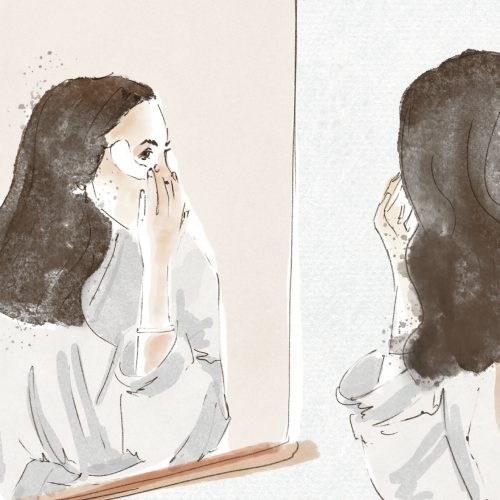Journaling Practices to Aid Mindfulness
Journaling is a fail-safe method of externalising what’s churning around in your mind. It may seem self-explanatory –just get your thoughts out and onto paper. Easier said than done. The prospect of deciphering thoughts, in all their mixed-up confusion, bears heavy on the heads of even the most avid of XXI century yogis. Fear not, we have broken down some useful, approachable, practices to ease the journaling process and aid your mindfulness.
“Where do I start?”, you might be thinking. First things first, change your mind-set. Journaling is not a task to dread, but a helpful luxury to cherish. Like going for a well-overdue haircut (we can dream), except costing a lot less. One of the most constructive forms of self-care, journaling is also one of the cheapest. It is healthy, necessary, here for you, and for you alone. Unless a snoop is peaking over your shoulder. In which case, be mindful. No pun intended.
Journaling does more than purely aid mindfulness. Scientific studies have proved that it can succour a multitude of issues. According to a study by Reza Falahati of the Department of Linguistics at University of Victoria, Canada, journaling can boost memory, communication skills, sleep quality, the immune system, self-confidence and IQ levels. A 2013 study led by researchers in New Zealand, also proved that writing can aid even physical healing. Agreed, journaling has many benefits. With no fear of judgement or pretence to maintain, you really can just “let it go”. The physicality of putting pen to paper allows for an outside perspective on inner turmoil, rather than enabling thoughts to tangle themselves up into a muddled bundle of nerves. So, where DO you start?
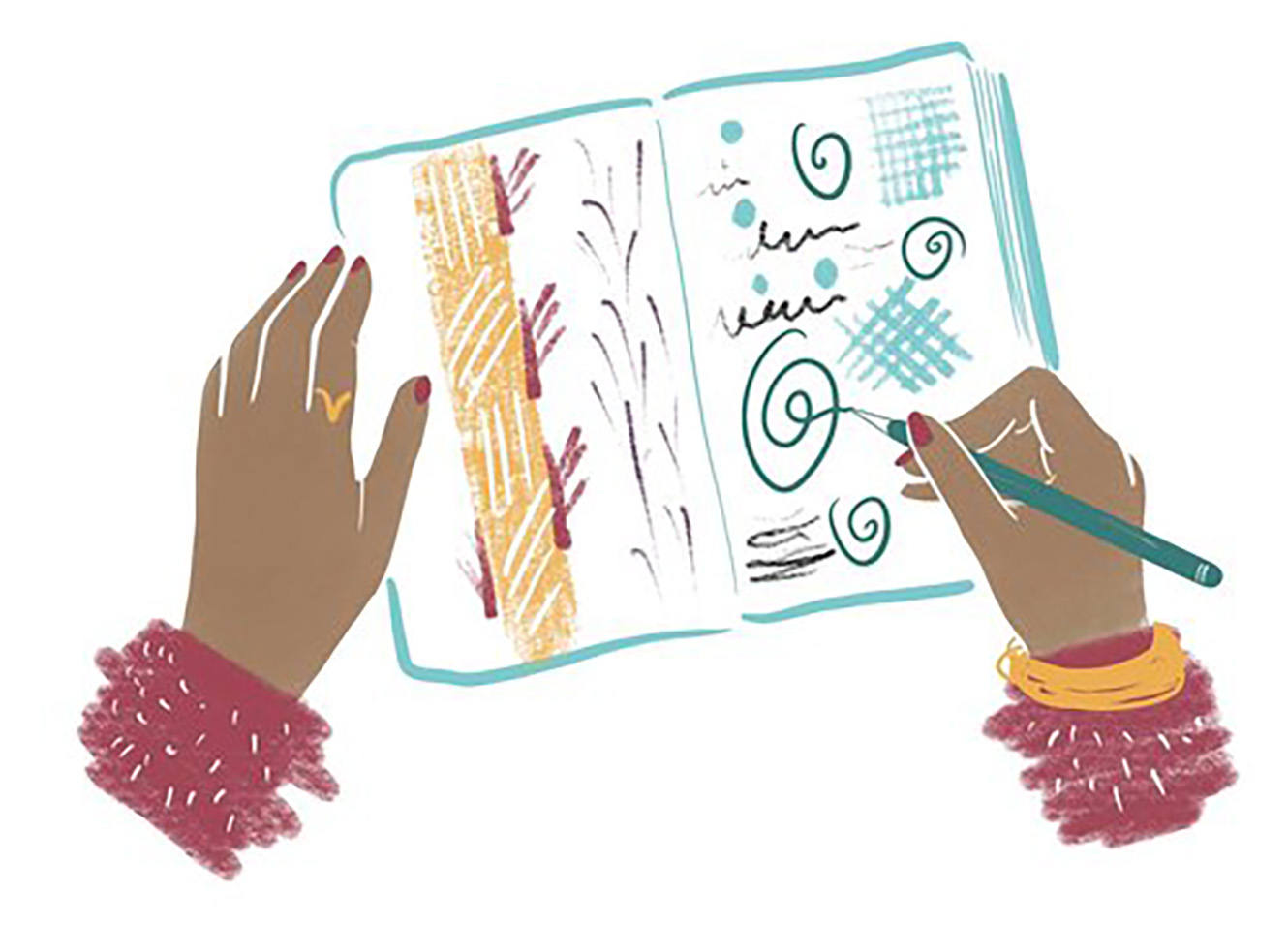
WRITING OVER TYPING
You can type out a quick draft on your phone notes first if that helps, but the best way of really grounding yourself in the present is by going through the physical process of taking pen to paper. Treat yourself to a new journal or rummage through your cupboards to resurrect a half-used one. Find some great eco-friendly journals here.
NOTE THE DATE
Also an effective way of literally remembering where you are during the lock-down, writing down the date is another simple way of reminding yourself of the present. A new date marks a new day, a new chance to be mindful of your surroundings.
CRITICAL REFLECTION
So now you’ve found that old notepad dating back to 2001 and you’ve written down the date. Well done, you’re almost there. Now it’s about getting stuck into the writing process. One technique is critical reflection, which is effectively stating your thought or action, then analysing it from a critical perspective. You’re essentially putting yourself in someone else’s shoes through factually labelling both emotions and traumatic events, enabling you to take a step back and see things a little more clearly. If stuck, ask yourself: “If my friend, insert name, told me this, what advice would I give them?”. A good reflection technique is De Bono’s ‘Six Thinking Hats’:
- White: information. State what has happened, for example ‘I got up this morning then promptly argued with my partner’.
- Yellow: positives. ‘It was good that I managed to get out of bed at a reasonable time and after the argument I apologised to Jack for being grumpy’.
- Black: negatives. This doesn’t need to be a rant, just a simple, straight to the point analysis of the situation. ‘Despite getting out of bed at a reasonable time, I didn’t want to, so I took out my tiredness on Jack. He in response was stressed about his deadline, so took out his frustration on me too’.
- Red: feelings. Again, you don’t need to take a Freudian sift through your family relations to question your feelings R.E morning argument, just a consideration of how you felt. ‘I felt like I just needed some more sleep, and angry at Jack for getting in my way on the way to the bathroom. Although I am feeling guilty for having ever started the argument, I also feel calm and reassured after we spoke about the disagreement. I’m have also worked up an appetite so am feeling quite hungry’.
- Green: ideas. This is potential alternatives and plans of action. ‘I am now going to make Jack a cup of tea as a source of relief from his deadline work. If I am tired tomorrow morning, then I will remind myself to have a shower and breakfast rather than snap at Jack for no reason.’
- Blue: summary. Briefly summarise what happened, how you’re feeling, and where you are going now. ‘Overall it was a stressful morning, but I am happy we are on steady ground again now. I am feeling positive about the day and am looking forward to giving Jack a cup of tea. Maybe I’ll bake a cake, too.’.
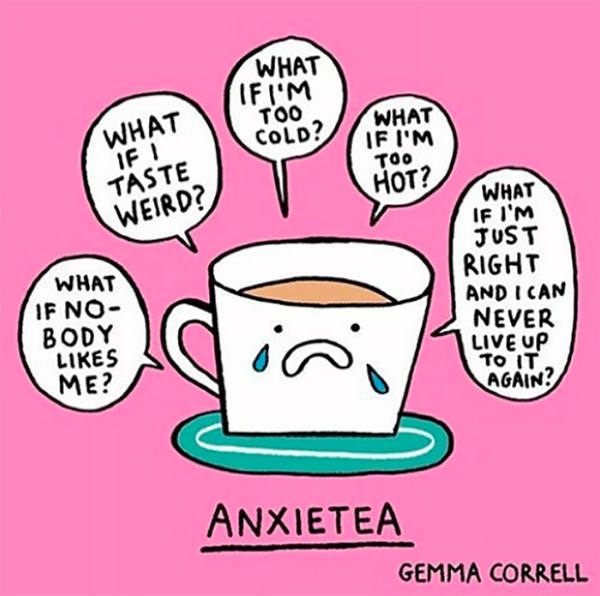
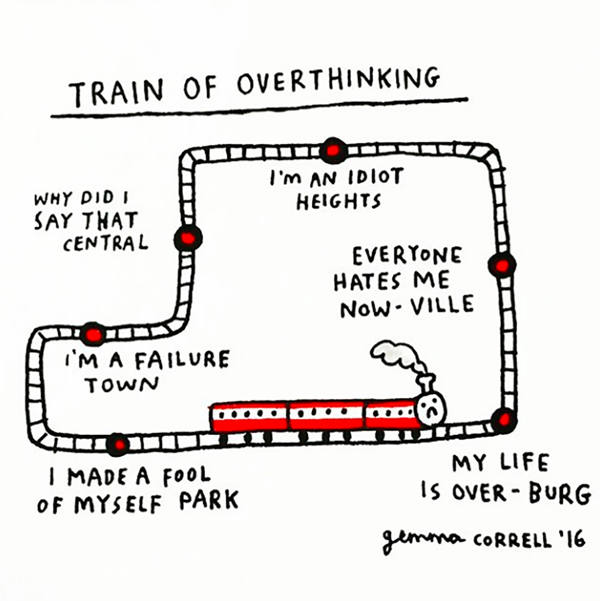
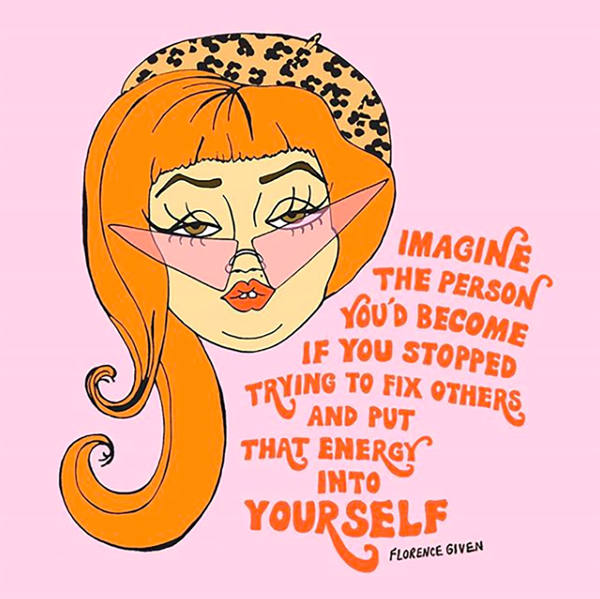
STREAM OF CONSCIOUSNESS
Another journaling practice for mindfulness is to quite literally write it out, uncensored and unrestricted. No analysis necessary. It is often quite energy-sapping - you may find that you’ve been writing non-stop for an hour. But it is a healthy way of clearing those thoughts and rooting yourself back in the present. You don’t ever need to read it back. And If you’re really concerned about someone nosing through the angst-ridden pages, just dispose of them afterwards.
BREAK THE CYCLE
Take a step back and consider your thought patterns - life is 10% what happens to you and 90% what you make of it. Be critical of yourself. If you find you are constantly moaning, switch it round. Counteract each negative with a positive, for example, you are feeling anxious, questioning your relevance. Counterract that with factual positives – you are relevant, you made Jack a cup of tea when he needed it, etc. Change your state of mind and you’ll begin viewing the world in a different light.
BULLET JOURNALING
What three goals do you want to achieve today? What is your mood in one word? What are you feeling grateful for? What was one good thing that happened during the day? Make a habitual routine out of running through these questions, answering in bullet point form. This is a brilliant way of briefly analysing where you are, where you’re going and where you have been. Don’t be too critical or set unattainable goals, you will just be left unsatisfied. Short and sweet is best, and you will feel healthier for it too.
KEEP GOING
Try to keep up the process if possible. Don’t be too hard on yourself if you don’t write every day, but try to do it at least once a week. A paragraph is just as beneficial as a few pages. “There’s no single magic moment,” stated Dr. Pennebaker, a social psychologist at the University of Texas, USA, “But we know it works.”. Copy that.

Cressi Sowerbutts is a fashion communication student based in London and Norwich. Passionate about sustainability and fashion, she aims to fuse the two in highlighting that you can simultaneously celebrate both fashion and the environment.
Instagram: @cressiclaire




